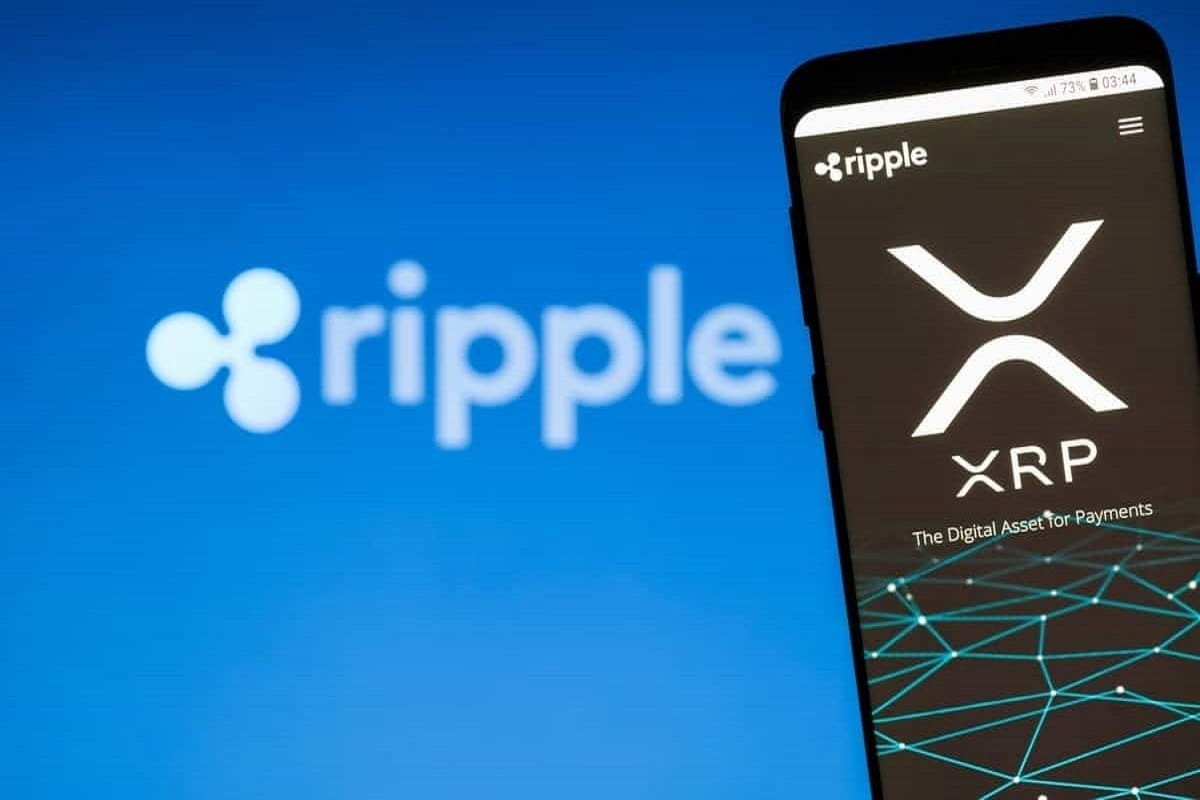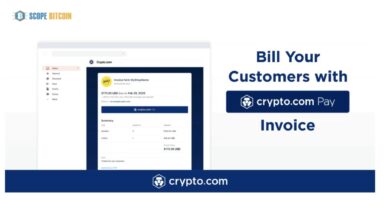
Ripple Locks 470 Million XRP Tokens to Stabilize Market Supply
Ripple’s recent decision to lock up 470 million XRP tokens is garnering significant attention today, as it has raised concerns among investors about the company’s financial stability. Ripple’s actions often reveal how investors feel and what the market is doing in the rapidly evolving world of blockchain technology. In this post, we’ll look closely at why Ripple made the move it did, what it could mean for the future of XRP, and the cryptocurrency market as a whole.
Ripple Locks 470 Million XRP to Stabilise Market Supply
Ripple Labs, the business that makes XRP, has lately locked away a lot of XRP tokens—470 million, to be exact. The bitcoin world is paying close attention to this move because significant actions like this don’t happen very often. XRP is currently facing considerable market challenges, and regulators are paying closer attention to it.

The locked XRP is part of the entire supply that was previously kept in escrow. Ripple is known to hold a significant amount of XRP in reserve to manage the token’s circulation and liquidity. Ripple aims to stabilise the market, reduce excessive supply, and maintain a reasonable circulation of XRP supply by locking up a significant number of tokens.
XRP’s Role in Enhancing RippleNet’s Stability and Efficiency
XRP plays a crucial role in Ripple’s ecosystem, primarily because it serves as a bridge currency for international transactions. RippleNet is Ripple’s network that enables easy, secure, and cost-effective international money transfers. RippleNet utilises XRP as a bridge currency, allowing money to move almost instantly with low transaction fees. This is different from traditional banking systems, which can take days to settle cross-border transactions.
Locking up 470 million XRP coins could be a smart move to make RippleNet’s infrastructure even more stable. Ripple can help maintain market stability by regulating the amount of money available. This is important because it keeps financial institutions and other businesses that depend on its network from losing faith in it. The locked tokens won’t be available for a set amount of time, which reduces the risk of large sell-offs that could cause the market to become unstable.
Ripple Locks 470 Million XRP to Stabilise Amid Market
The decision to lock up 470 million XRP is partly a reaction to worries about large amounts of money leaving the cryptocurrency market. Many digital assets, such as XRP, have experienced fluctuations in market demand as the industry confronts increased government scrutiny, economic volatility, and shifts in investor sentiment.
XRP has not been able to avoid these problems. There have been significant changes in the asset’s value over the past few months, with significant drops in its market price. The fact that so many tokens are locked up suggests that Ripple is taking steps to prevent further investments from leaving, which could erode people’s faith in XRP’s long-term viability.
Ripple’s ongoing legal battle with the U.S. Securities and Exchange Commission (SEC) is one of the biggest challenges it faces. The SEC has stated that XRP is a security, which has left investors uncertain and led to significant sell-offs. If the conclusion of this case is unfavourable for Ripple, it could cause XRP’s value to decrease further, making it more likely that investors will withdraw their money.
Ripple is likely attempting to mitigate these risks by locking up 470 million XRP tokens. This will ensure that it has adequate liquidity to sustain its network’s growth and development, even in unstable market conditions.
Impact of XRP Lock-Up on Market Liquidity and Volatility
Locking up a significant amount of XRP may have several effects on the market as a whole. In the short term, the fact that there are fewer XRP coins in circulation may help prevent the price from declining. Investors concerned about the token’s price fluctuations may find this helpful information.

Locking up 470 million XRP may also help investors feel more confident in Ripple’s long-term plan. Many industry experts have noted that Ripple’s actions, such as freezing tokens, demonstrate a level of corporate accountability that is typically absent in the cryptocurrency sector. Ripple ensures that it is not contributing to the overstock of XRP on the market, which could lower prices, by making these coins scarce.
There are, however, some possible drawbacks as well. The lock-up could make it more difficult for anyone in the market to acquire a substantial amount of XRP, resulting in reduced liquidity in the short term. If demand for XRP continues to increase faster than supply, the price could become more volatile as the market reacts to the fact that the asset is becoming increasingly scarce.
Ripple’s XRP Lock-Up and Compliance
Ripple’s decision to lock up 470 million XRP coins is also a sign of how the corporation is responding to increased regulatory scrutiny, particularlyin the USS. Ripple is still being sued by the SEC, which has harmed XRP’s reputation for a considerable time. Many others are cautious due to uncertainties, which leave them hesitant to hold the asset.
The lock-up of XRP tokens is a way for Ripple to demonstrate to the market that it is focused on building a future that is both sustainable and compliant with the law. Ripple is demonstrating its commitment to its long-term mission by maintaining control of its token supply, despite currently facing regulatory challenges.
Final thoughts
The future of XRP remains unclear, however. The lock-up of 470 million XRP tokens may stabilise the market for a short time. People who own XRP are closely monitoring Ripple’s legal battle with the SEC, as the outcome could significantly impact the price and future use of XRP.
Ripple may also face additional challenges as more Crypto Market and blockchain initiatives emerge to compete with it. Ripple is a leader in cross-border payments, but it will need to continually innovate and adapt to stay ahead of the competition.







